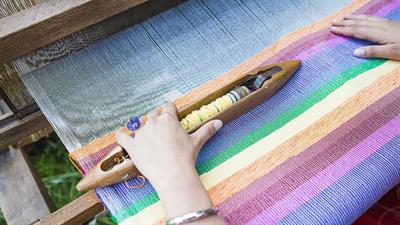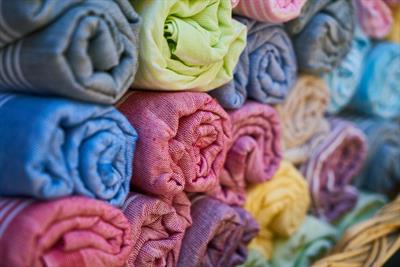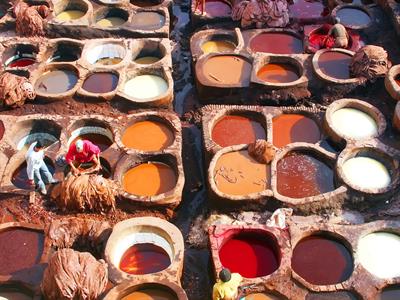
PUMPA - SMART LEARNING
எங்கள் ஆசிரியர்களுடன் 1-ஆன்-1 ஆலோசனை நேரத்தைப் பெறுங்கள். டாப்பர் ஆவதற்கு நாங்கள் பயிற்சி அளிப்போம்
Book Free Demo(a). Based on the method of application:
Acid dyes:
These are acidic and used for dyeing animal fibres and synthetic fibres. In addition, these can be used for protein fibres such as wool and silk. For example, Picric acid, Naphthol yellow-s.

Acid dyeing fibres
Basic dyes:
These are basic dyes, including primary group (-\(NH_2\),- \(NHR\), -\(NR_2\)). They are used for dyeing animal fibres and plant fibres.

Basic dyeing fibres
Mordant dyes or Indirect dyes:
These dyes have a low affinity for cotton fabrics and thus do not dye directly. Instead, they involve pretreatment of the fibre with a mordant.

Mordant dyeing cotton fabrics
Mordant (Latin: mordere = to bite) is a substance that can be fixed to the fibre and then can be mixed with the dye to form an insoluble complex known as a lake.
Mordants such as alizarin are made from aluminium, chromium, and iron salts.
Direct dyes:
They have a high affinity for cotton, rayon and other cellulose fibre. So, they are directly applied as they fix firmly on the fabric. Example: Congo red.
Vat dyes:
Vat dyes are only used on cotton and are not on silk or wool. This dyeing is a continuous process that takes place in a vast vessel called a vat. So, it is called vat dye. Example: Indigo.

Vat dyeing process
(b). Based on Structure:
Dyes are classified according to their structure as follows:
- Azo dyes
- Diphenylmethane dye
- Triphenyl methane dye
- Phthalein dye
- Anthraquinone dye
- Indigo dyes
- Phthalocyanine dye
- Nitro and nitroso dyes.